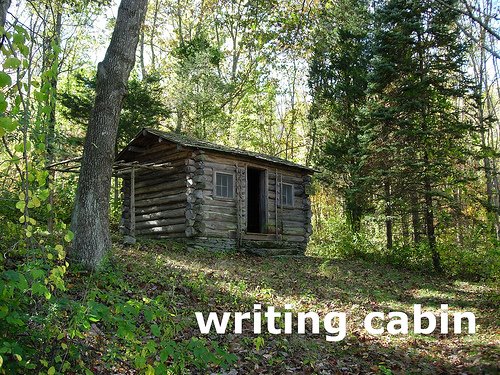Oval markers on the outside wall near the front door record the year that certain houses were built. Many of the houses are large and rambling and have wide porches that provide space for a collection of rockers and wicker chairs.
No one is on those porches at seven o'clock on a Saturday morning. I can walk down the center of the street with little concern about approaching cars. It is so still that it is hard to think that it could have been any quieter even a hundred years ago.
I am reading a book these days about events that took place a hundred years ago. At the recommendation of a friend, I recently got hold of a copy of The Somme: The Darkest Hour on the
Last night I finished reading the first two-hundred pages, arriving at the close of the tragic events of July 1, 1916, the first day of what has come to be known as the Battle of the Somme. Not accustomed to books about battles and wars, I carried with me this morning on my walk through that quiet neighborhood the diary entries and letters and interviews by which Peter Hart brings to life that long ago July day.
I am not accustomed to hearing what it takes to climb a ladder leaning against the side of a trench, to go over the top when the last person who had done just that took a bullet and fell to the side. I am more prone to immerse myself in narratives of interior battle, the decision to take a step that not everyone will understand, the resolve to live a life that sustains -- the way German contemplative Edith Stein wrote her books and kept her quiet call in the years leading to another world war.

